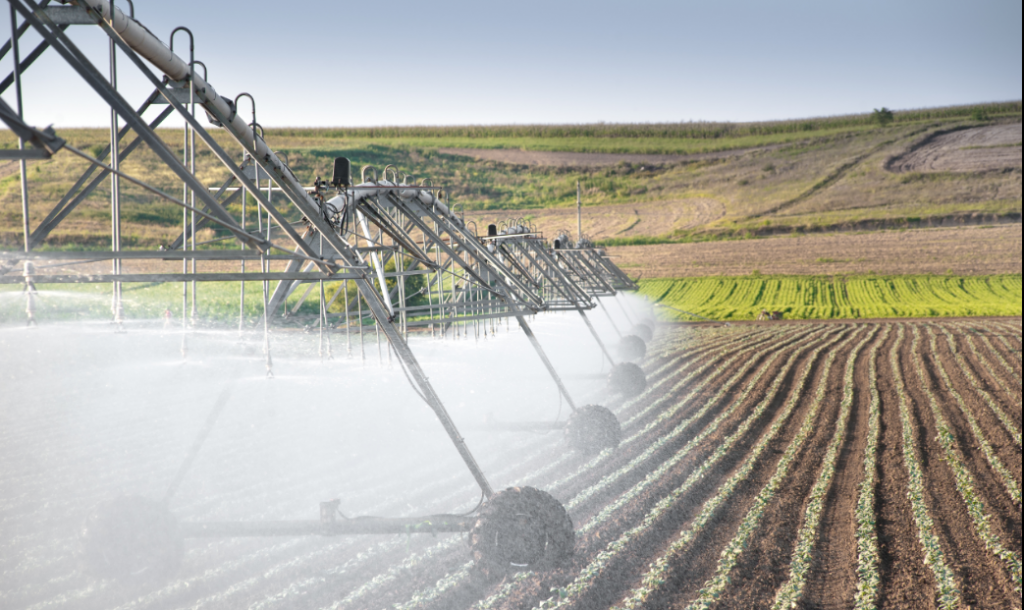Irrigation in its simplest form is one of the earliest inventions of man and was widely practiced around Egypt and Mesopotamia to ensure a constant supply of food products. While the common irrigation system was basin, several types of irrigations have since developed, including surface, overhead, drip, and sub-surface irrigations.
Different gardens or plantations will attract varying types of irrigation depending on the water needs and soil types. For instance, if the water is pumped from a large distance, you might need a powerful system. If the soil is breathable and holds water for long, you might need a light irrigation system.

Irrigation comes in handy by supporting plants’ growth in places where farming and agriculture isn’t a viable activity. However, you’ll only reap most of you get an irrigation pump from reliable suppliers such as PumpBiz. That way, you can always be assured of pumps constructed on stainless steel to prevent rusting, hence longevity and durability. So, how do irrigation systems work? Check out the following to find out more:
Pump unit
The pump unit will determine the volume and amount of water that you’ll be able to pump at a time. It also determines the type of pressure that the water will come out with. Remember, the pressure and volume of water channeled to the farm must be commensurate to the type of soil and strength of crops such that they aren’t damaged. For instance, vegetable seedlings will require different pressure and volume compared to full-grown crops.
Principal and secondary pipes
Is your project permanent? What about the water source? Would you be moving around to find perfect pumping positions? Such questions will help you determine the kind of principal and lateral pipes needed to move water to the lateral. Principal and secondary pipes can either be permanent or semi-permanent. Some can also be buried deep into the ground in a long-term project or where destruction is inevitable.
The laterals
The laterals are the final path of the water to the sprinkler. They are mostly temporary structures because you’ll move them around as often as needed. Most of them are made of plastic, but we recommend aluminum alloy material for durability and longevity.
Sprinklers
Sprinkler needs will vary from one season to another or one crop to another since they determine how much water is let into the soil. For instance, the amount of water needed for seedlings is different from that of already developed crops.
Advantages of a sprinkler irrigation system
Lastly, you might also be interested in learning about the advantages of using a sprinkler irrigation system in your garden or horticulture project. Besides reducing the labor cost and boosting production, sprinkler irrigation systems will save up to 40% of the water supply hence ensuring the source is viable throughout the year.
Moreover, it is suitable for all soil types but heavy clay, which is unbreathable and will often cause flooding. In fact, only aquatic plants would survive in clay soil. It is also important to note that irrigation systems can help you modify the microclimate of your compound.
Irrigation systems work in all the ways discussed above. The only precaution that you need to take when buying a pump is paying for whatever matches your money’s genuine value.









